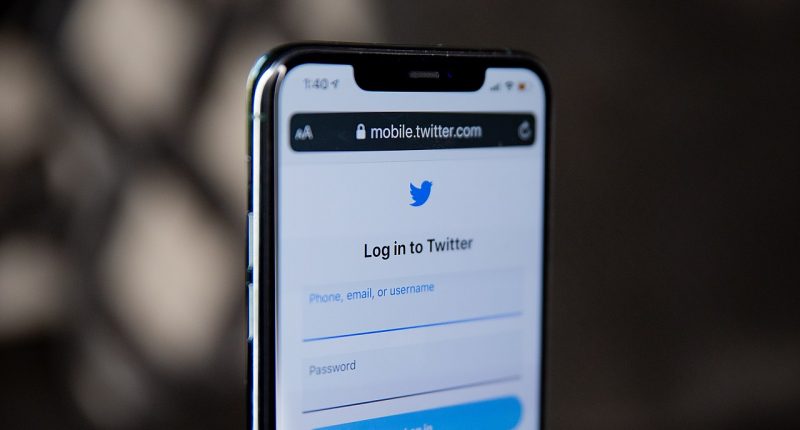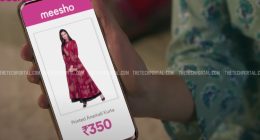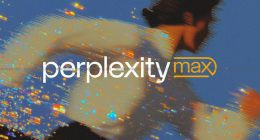Have you ever thought, “I wish I could react to this tweet with a laughing face or a mad face emoji?” Me neither, but as the social media giant continues to change everything about itself, this might just happen. Twitter is reportedly working on a new feature where its users will be able to express themselves in Facebook-style emojis.
The company has been conducting surveys among its uusersfor the ppastone month to see what kind of emojis they would want to use for reacting to tweets. The survey proposes reaction emojis, like the heart (like), laughing face with tears (funny), thinking face (interesting), and crying face (sad), among others, asking them to pick five reactions out of over 20 options that they would like to see on Twitter.
It works exactly like Facebook, which lets you react to a post with a number of different emojis.
Do you remember the uproar when Twitter had replaced the stars icon (the “favorites” feature) with the hearts icon (the “likes” feature) in 2015? Yeah, we aren’t really sure if the public will be happy about the new emoji reactions, but who can predict the internet?
“We’re exploring additional ways for people to express themselves in conversations happening on Twitter,” a Twitter spokesperson told TechCrunch. They also said that the emojis would not replace the current “heart” button but would rather exist alongside it.
The set of emojis in the survey varies between the users. This is done so that Twitter can get more feedback and lock on to the most popular emojis among its user base.
Twitter said that the work it is doing in the space of reactions is exploratory — it is running this survey since the company is thinking about ways people could add more nuance to the conversations they’re having, and how, by doing so, readers would be able to better understand the additional context around those conversations.
Twitter’s research in emojis is still in its early stages, the spokesperson confirmed. The company’s design chief Dantley Davis, in a reply to a user who asked Twitter to test emoji reactions (like LinkedIn or Facebook) instead of just hearts, replied, “We’ll have something for you soon.”
If this is not enough, Twitter also unveiled a controversial move to include a general like or dislike ‘button’ for tweets with either a thumbs up or thumbs down, a “100” in either green or red to indicate “agree” or “disagree,” or a green up arrow icon or red down arrow icon, just like the upvote and downvote mechanisms in Reddit and Quora. The survey asked its users how they would want to take advantage of a downvote or dislike — whether they would use the reaction instead of replying to a tweet, or whether they would downvote irrelevant or offensive tweets, as well.
Twitter also asked its users how they would react to the downvote feature, especially if their own tweets were downvoted – whether they would be discouraged from tweeting in the future or take it as constructive feedback about their content.
The downvote feature is like a fire – while it could be employed judiciously against offensive and inappropriate tweets, it can have a far greater impact on how users engage on the platform. Nobody wants to have tweet something only to get it downvoted – not only is it discouraging, but it does not offer the luxury of anonymity, unlike Reddit. If there is not a proper system governing the downvote feature, it may become another measure of social media acceptance and popularity that will lead to undue stress.
Twitter is not exactly numero uno when it comes to implementing features that are demanded by users, but that has not stopped it from testing a host of new features like audio chatrooms, a Super Follow tool, and even a subscription tier that lets you undo tweets (still in testing). Recently, it acquihired Reshuffle-an API integration platform, to fast track the development process on new features.





